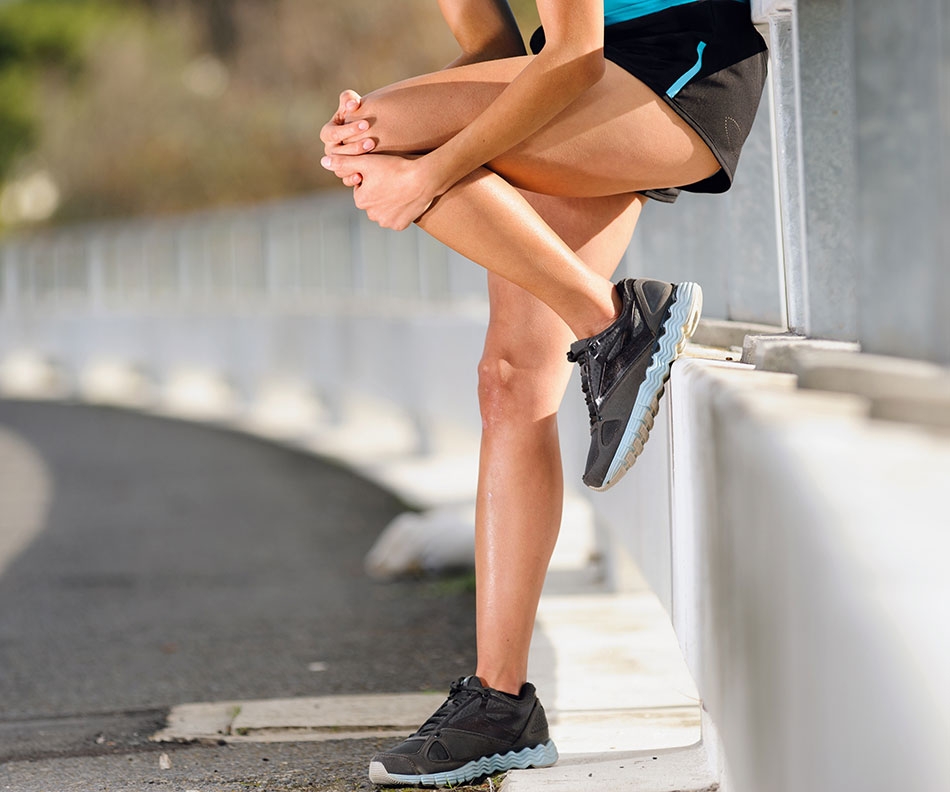
Strategies to Help Your Body Recover After an Injury
Getting injured is tough. Whether it’s a twisted ankle from a weekend hike, a sore knee after a pick-up basketball game, or something more serious, being sidelined from everyday activities can feel like an uphill battle. It’s not just about the physical pain either. It’s the frustration of missing out on what you love. But the good news? There are plenty of ways to help your body heal faster and get you back on your feet, literally and figuratively.
This article will walk you through some of the most effective tools and therapies to support your recovery. We’ll talk about braces for stabilizing injuries, physical therapy to rebuild strength, supportive footwear for proper alignment, and orthotics to give your feet the tailored support they need. Let’s dive in.
Stabilizing Your Injury for Faster Healing
Braces are like protective shields for your joints and muscles. When you get injured, the affected area often needs extra support to prevent further damage. That’s where braces come in. They stabilize the injury, limit unnecessary movement, and give your body the time and space to heal properly.
There are different types designed for specific injuries. For minor strains or sprains, compression sleeves are a popular option. They reduce swelling and improve blood circulation, which helps speed up recovery. On the other hand, if you’ve had a more serious injury, like a torn ligament, you might need a rigid brace. These are often used for knees, wrists, or ankles and are designed to keep the joint stable while preventing harmful movements.
If you’ve ever watched a basketball game, you’ve probably seen players wearing knee braces after an ACL injury. In fact, knee injuries account for a large percentage of sports-related injuries, with ACL tears increasing by 12% over the past decade. Braces also come into play post-surgery, offering a way to gradually ease back into movement without overdoing it.
Supportive Footwear
Your feet are your body’s foundation, and when they’re injured, everything from your ankles to your hips can be affected. That’s why wearing the right shoes is crucial for recovery. Supportive footwear helps keep your feet properly aligned, reduces pressure on the injured area, and provides the stability you need to walk comfortably.
Look for shoes with good arch support, cushioned soles, and sturdy heel counters. These features help distribute your weight evenly and absorb the shock of each step, which can be a game-changer if you’re dealing with foot pain or lower-body injuries. For example, people with plantar fasciitis, a common condition causing heel pain, often find relief simply by switching to more supportive shoes.
Injuries like Achilles tendonitis or stress fractures also benefit from footwear designed to reduce strain on the affected area. If your regular shoes aren’t cutting it, upgrading to a pair of supportive sneakers or orthopedic shoes could make a big difference in your recovery.
Custom Support for Targeted Healing
Sometimes, even the best shoes need a little extra help. That’s where orthotics come in. Custom-made orthotics are inserts that fit inside your shoes to provide additional support and correct any imbalances in your feet. They’re especially useful if your injury is linked to poor foot alignment or uneven weight distribution.
One of the biggest benefits is their ability to redistribute pressure. If you have a stress fracture, for example, an insole can shift the load away from the injured bone, allowing it to heal more effectively. They can also help with conditions like plantar fasciitis by supporting the arch and reducing tension on the fascia.
Another advantage is their role in improving stability. If you’re recovering from an ankle sprain or dealing with balance issues, custom inserts can give you a more solid base to stand and walk on. Not sure if you need them? A podiatrist or physical therapist can assess your feet and recommend the right type for your needs.
Physical Therapy
Once the initial swelling and pain subside, it’s time to get moving again, but carefully. Physical therapy (PT) is one of the most effective ways to regain strength, flexibility, and range of motion after an injury. Think of your physical therapist as a coach who guides you through the recovery process, making sure you’re doing the right exercises to rebuild your body safely.
PT often starts with manual techniques, like massage or joint mobilization, to loosen tight muscles and improve blood flow. From there, your therapist will introduce exercises designed to target the specific muscles or joints affected by the injury. These exercises will help you recover and prevent future injuries by addressing muscle imbalances and improving your overall movement patterns.
In some cases, therapists use specialized equipment like ultrasound machines or TENS (Transcutaneous Electrical Nerve Stimulation) units. These devices can reduce pain and inflammation while stimulating the muscles to prevent atrophy. Whether you’re recovering from a sprained ankle or post-surgery rehabilitation, PT can make a significant difference in how quickly, and how well, you heal.
Complementary Therapies
While braces, orthotics, and physical therapy are the mainstays of injury recovery, there are plenty of other ways to support the healing process. Cold therapy, for instance, is a simple but effective method for reducing swelling and numbing pain. Applying an ice pack to the injured area for 15-20 minutes a few times a day can make a noticeable difference in how you feel.
Massage therapy is another great option, especially if your injury has left you with tight muscles or restricted movement. A skilled massage therapist can help improve circulation, reduce tension, and promote relaxation, all of which contribute to faster healing. Some people also turn to acupuncture for pain management and inflammation reduction.
These complementary therapies can be used alongside your primary treatment plan to help you recover more comfortably and efficiently.
Final Words
Recovering from an injury can be a slow and sometimes frustrating process, but with the right tools and support, you can speed things up and get back to your normal routine.
If you’re unsure about what’s best for your recovery, don’t hesitate to consult a healthcare professional. They can guide you toward the right combination of treatments to help you heal safely and effectively. Remember, the goal isn’t just to recover, it’s to come back stronger than before.









